Keeping up with the latest marketing trends lets you stay ahead of your competitors. And run innovative marketing campaigns that can catch your audience’s attention.
But it’s important to adopt them before they become mainstream. If you’re late to the game, your marketing might not feel unique or new to your customers.
We’ve put together this list of seven *** marketing trends you should look out for in 2024.
But before we dive into these trends, let’s start with the basics.
What Are Marketing Trends & Why Are They Important?
Marketing trends are shifts within the marketing industry that become popular because they’re effective, innovative, and responsive to changing consumer behaviors and market conditions.
These trends can be related to channels, tactics, and technological advancements. Or just about anything that can change the way companies approach marketing.
Knowing about the latest marketing industry trends and adopting them early can help you stay ahead of your competitors. And also position your brand as a leader in your industry or niche.
Now, let’s dive into our list of the top seven marketing trends to factor into your 2024 marketing strategy.
7 Emerging Marketing Trends to Know About
Marketers are increasingly seeing artificial intelligence (AI) tools as assistants to help them do their day-to-day tasks better and faster. That includes things like creating content, analyzing data, and coding.
When ChatGPT became publicly available in late 2022, most users saw it as a way to create content fully from scratch. So they could rapidly scale content production.
In response to the influx of AI-generated content, Google rolled out a series of core updates. Including several focused on prioritizing helpful, reliable, people-first content in Google search.
Companies that published AI-generated content without making significant edits, conducting fact-checking, and adding human insights saw a decline in search engine rankings.
This is clear from an experiment by SEO veteran Mark-Williams Cook who published 10K pages of both scraped and AI-generated content on a website.
While the content initially performed well, the site took a significant hit after Google’s updates rolled out.
He shared the results via LinkedIn:
Because of cases like this, there’s been a paradigm shift in how marketers and companies are viewing Generative AI tools.
One interesting application is using tools like Semrush’s ContentShake AI to generate an outline for your blog posts or other online copy.
Just open the tool and fill out some basic information about the type of content you’ll be creating.
You can then select one of the suggested ideas to write articles faster and optimize your copy.
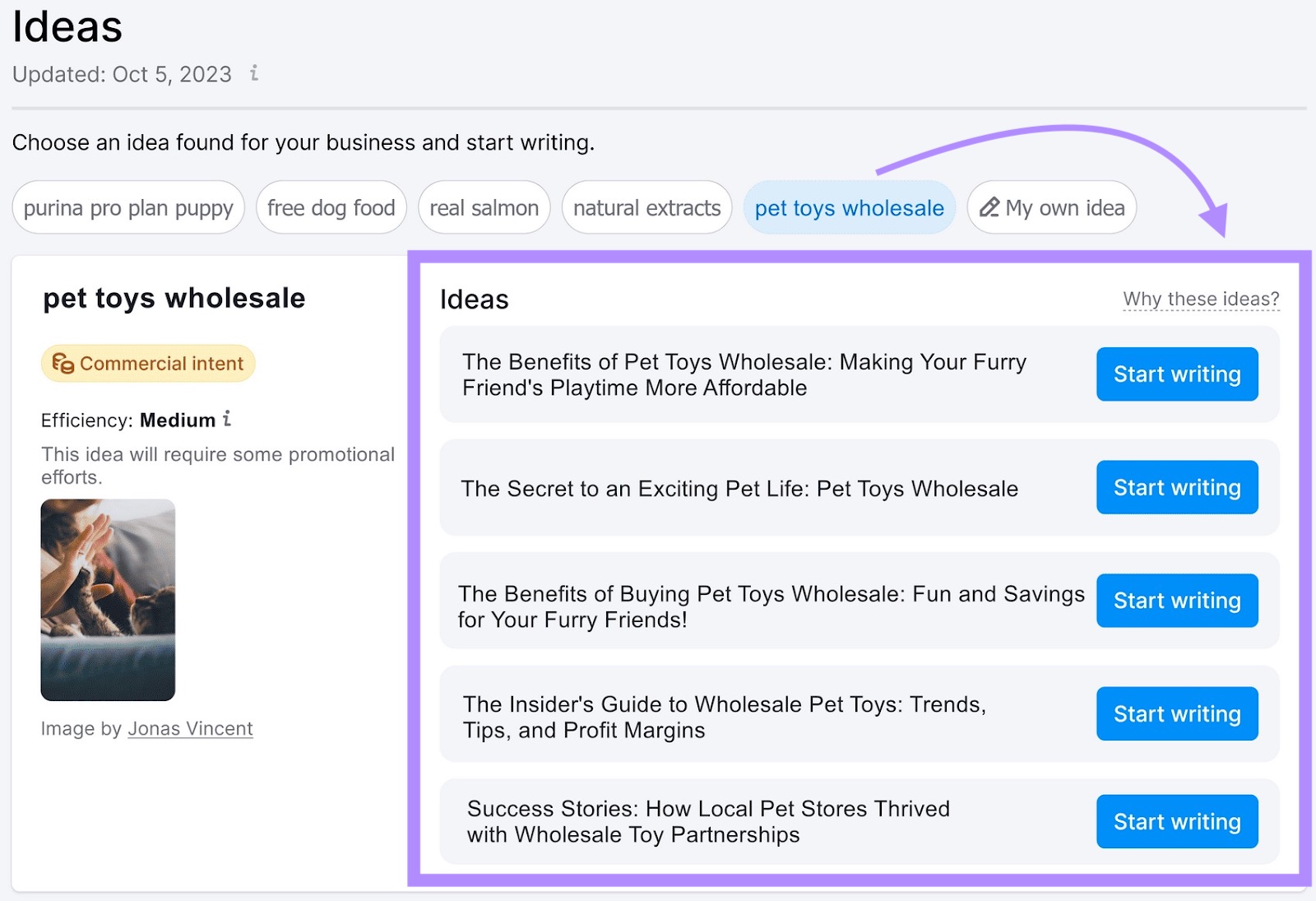
The tool can even publish directly to your WordPress blog or site.
Beyond content, here are some other ways marketing teams currently use AI tools:
- Segmenting customers into distinct groups—by preferences, demographics, and behavior—to target marketing efforts more effectively
- Analyzing large datasets for predictions about customer behavior and the market
- Understanding the sentiment of social media mentions and customer reviews to assess marketing and product performance
- Looking at existing customer data to identify common pain points and preferences
- Creating code that nontechnical marketers can implement on their sites
In 2024 and beyond, marketers are expected to continue exploring and testing AI tools in innovative ways to drive better results.
2. Brands That Focus on High-Quality Content Will Win
Publishing high-quality content has always been helpful for making your brand stand out, building trust with your audience, and positioning you as an authority. But the prevalence of unedited AI-generated content and other low-quality content makes it even more true.
Why?
Because low-quality content can have the opposite effect that high-quality content does.
Such content is less likely to help you achieve your content marketing goals.
For instance,many brands go overboard with mentioning their products/services in their blog posts. Which feels pushy, self-serving, and lacking in authenticity.
Today’s consumers can see right through this bias.
This low-quality, overtly promotional content is likely behind the surge in the number of Reddit-specific queries. Which you can see here in a chart from Google Trends. Attributed to people looking for authentic and reliable information:
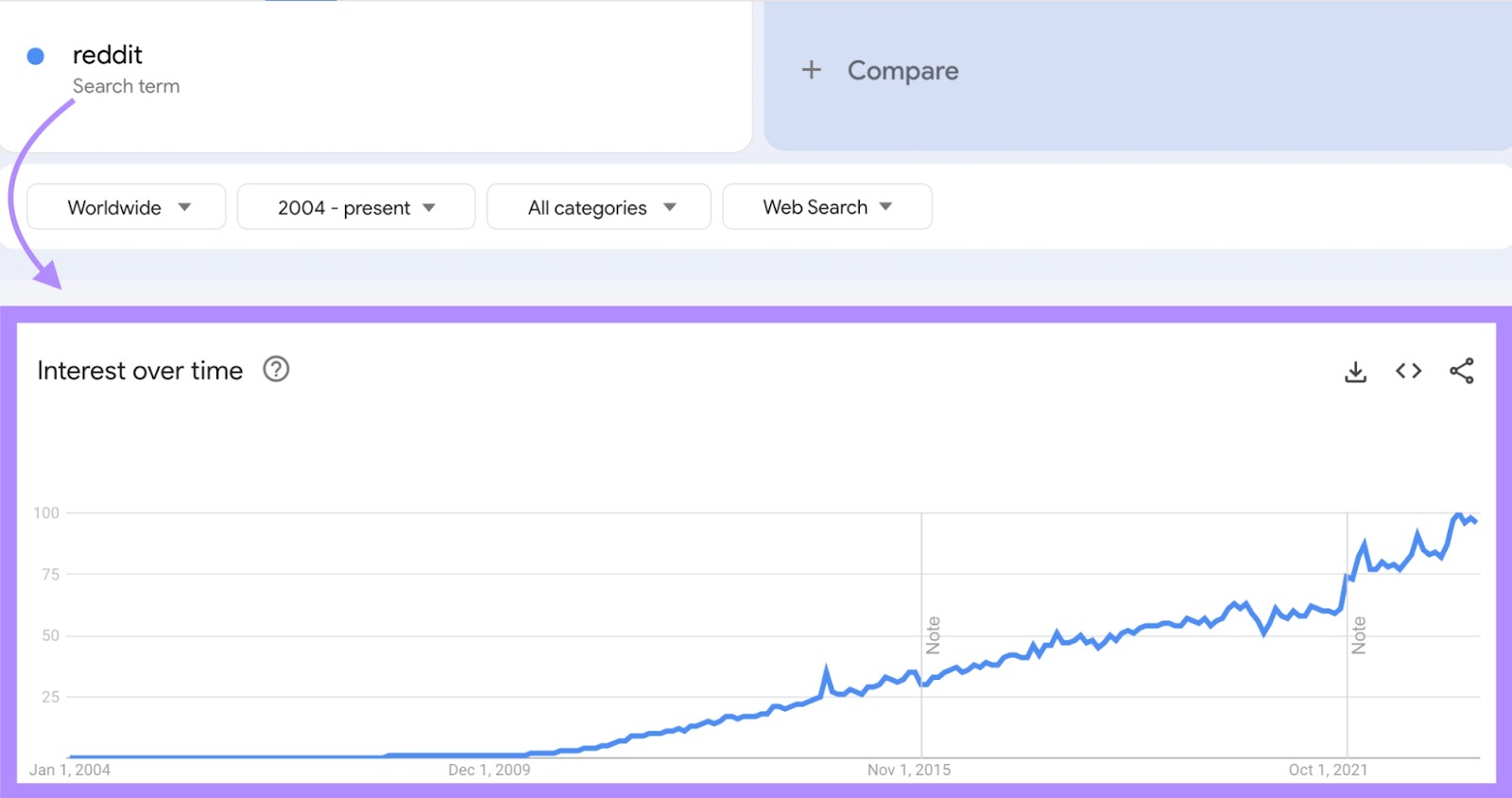
Knowing many companies are trying to get by with publishing work that isn’t truly valuable, it’s worth it to focus on quality.
Follow these tips to improve the quality of your content:
- Interview subject matter experts (SMEs) to gather unique and valuable insights you can’t find elsewhere
- Add relatable examples for inspiration
- Write easy-to-follow steps and offer practical advice
- Focus on readability, structure, and visuals
- Maintain a consistent and relevant tone of voice
3. More Businesses Will Invest in Nano- or Micro-Influencer Marketing
More brands are likely to collaborate with nano- and micro-influencers in the near future (as opposed to working with celebrities or high-profile social media creators). Because these influencers typically charge lower rates and can generate high engagement rates.
In fact, the Influencer Marketing Hub’s 2024 State of Influencer Marketing report reveals that there’s a strong preference among marketers and businesses for working with small-scale influencers.
Let’s talk about rates first.
Nano-influencers (1,000 to 10,000 followers) charge anywhere between $5 and $25 for a TikTok post, According to a separate report from Influencer Marketing Hub. And micro-influencers (10,000 to 50,000 followers) charge $25 to $125 macro-influencers (500,000 to 1 million followers) quote between $1,250 and $2,500 for a TikTok post.
Another benefit of collaborating with small-scale influencers is their higher average engagement rates.
According to Aspire’s The State of Influencer Marketing 2024, nano-influencers boast the highest engagement rates. Which means followers are more likely to take action and convert based on small-scale influencers’ recommendations.
To find the right influencers for your brand, use Semrush’s Influencer Analytics tool.
It lets you discover influencers based on your specific criteria. And possibly identify emerging players in the field to stay ahead of the curve.
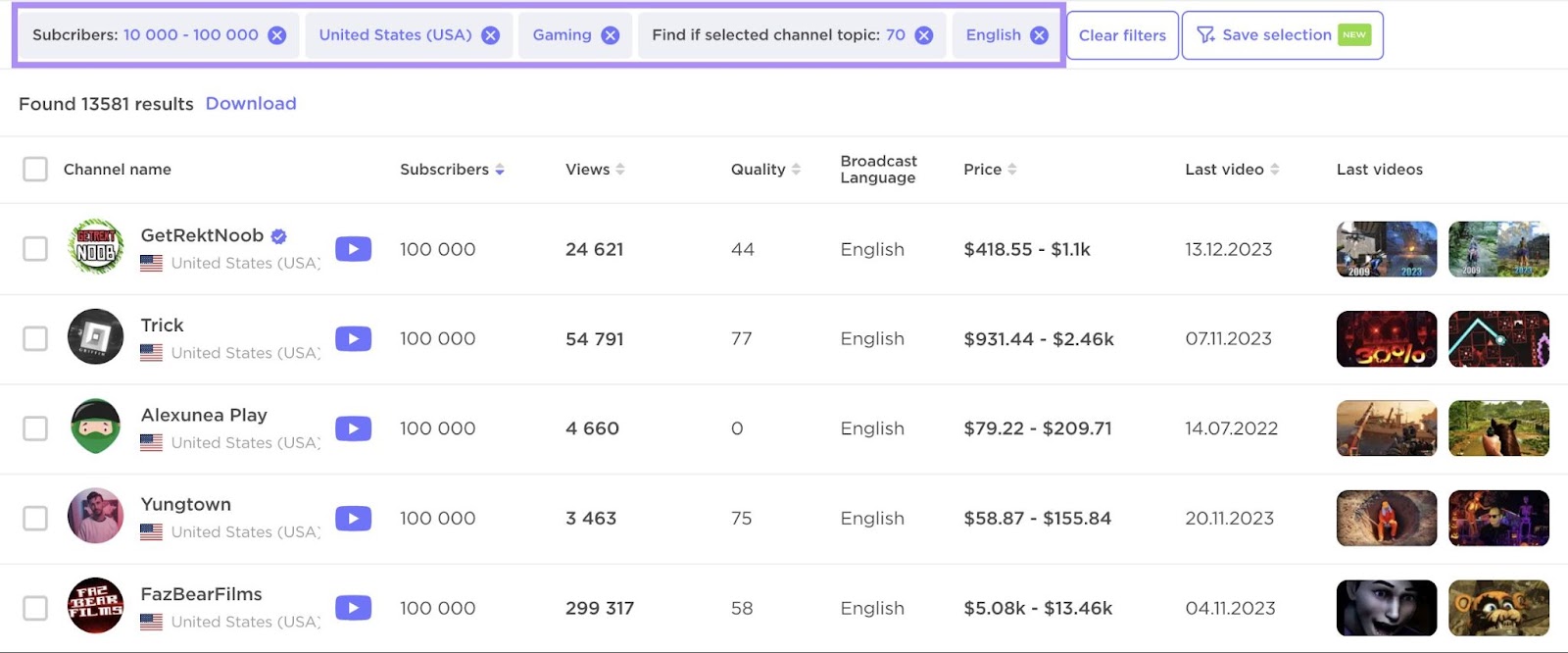
Further reading: How to Find Influencers for Your Brand (Not Just on Instagram)
4. Companies Will Invest in Partnership Marketing
More brands are likely to partner with other companies in their industry. Because it can help both parties achieve their goals.
It might involve co-producing and co-promoting webinars, making guest appearances on each other’s podcasts, collaborating on industry reports, mutually sharing social media content, etc.
For example, ecommerce video platform Videowise collaborated with other brands to promote their ebook:
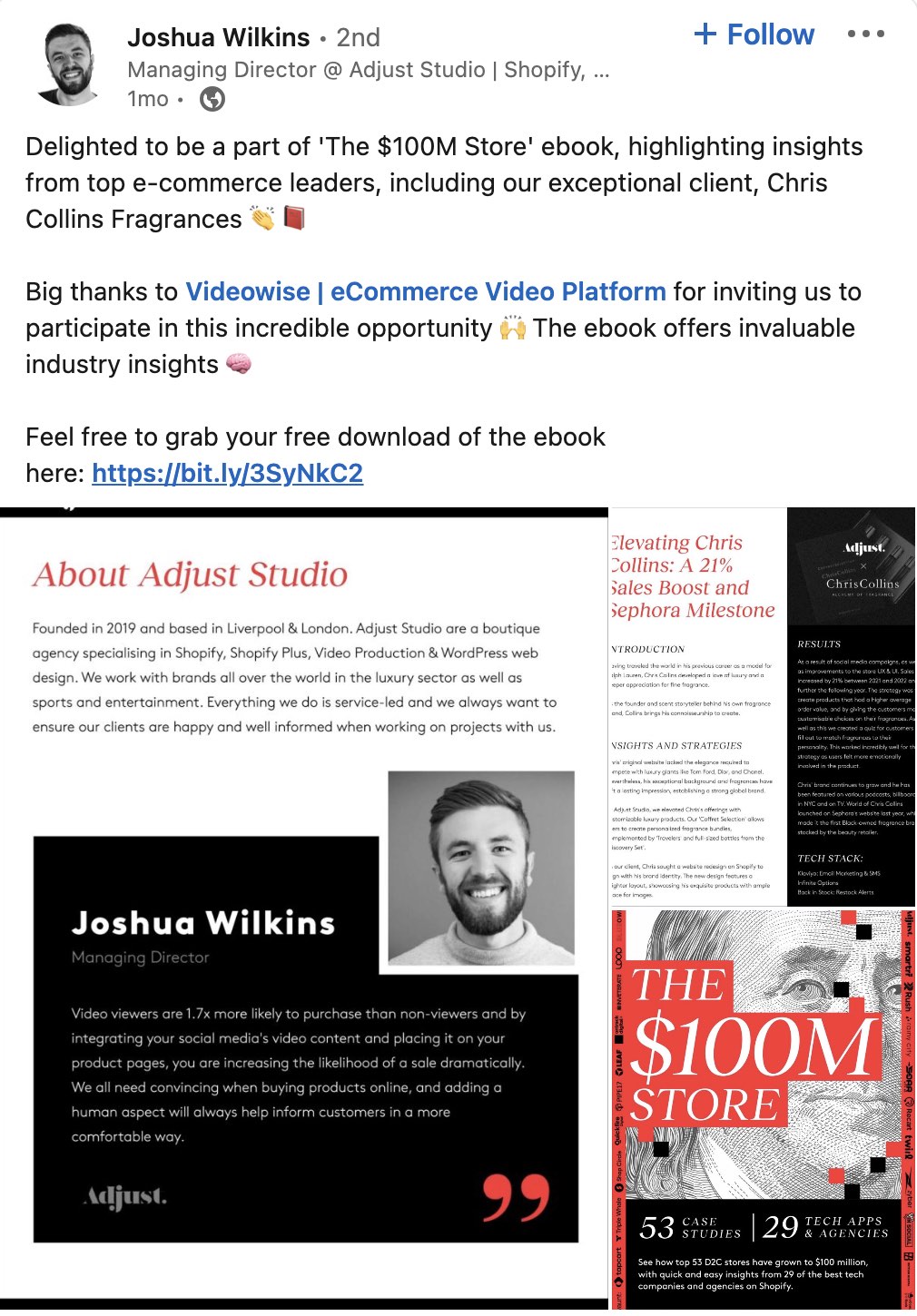
Here’s how partnership marketing can help you:
- Reach more potential customers: Partnering with other companies in your industry lets you tap into their audience. This can help you put your brand in front of more potential customers.
- Connect with industry leaders: Building partnerships gives you the opportunity to connect with industry leaders who you can engage with in a few ways. Like getting their thoughts on current marketing trends or seeking assistance in creating specific processes.
- Get access to more resources: Collaborating with other companies can grant you access to valuable resources they use in their marketing. Think customer insights, industry data, etc., which can help you discover opportunities and come up with ideas to enhance your marketing campaigns.
5. More Marketers Will Look to User-Generated Video Content
There’s a good chance we’ll see more user-generated video content going forward. Because potential customers are more likely to trust it over high-production videos from the brand pushing the product or service.
User-generated videos come from real customers who have actually used the brand’s product or service. So, those videos carry a level of authenticity that really resonates with audiences. And makes them more likely to become customers.
For example, Dr. Squatch, an ecommerce brand that sells organic and natural handmade soap for men, has incorporated user-generated videos on its website:
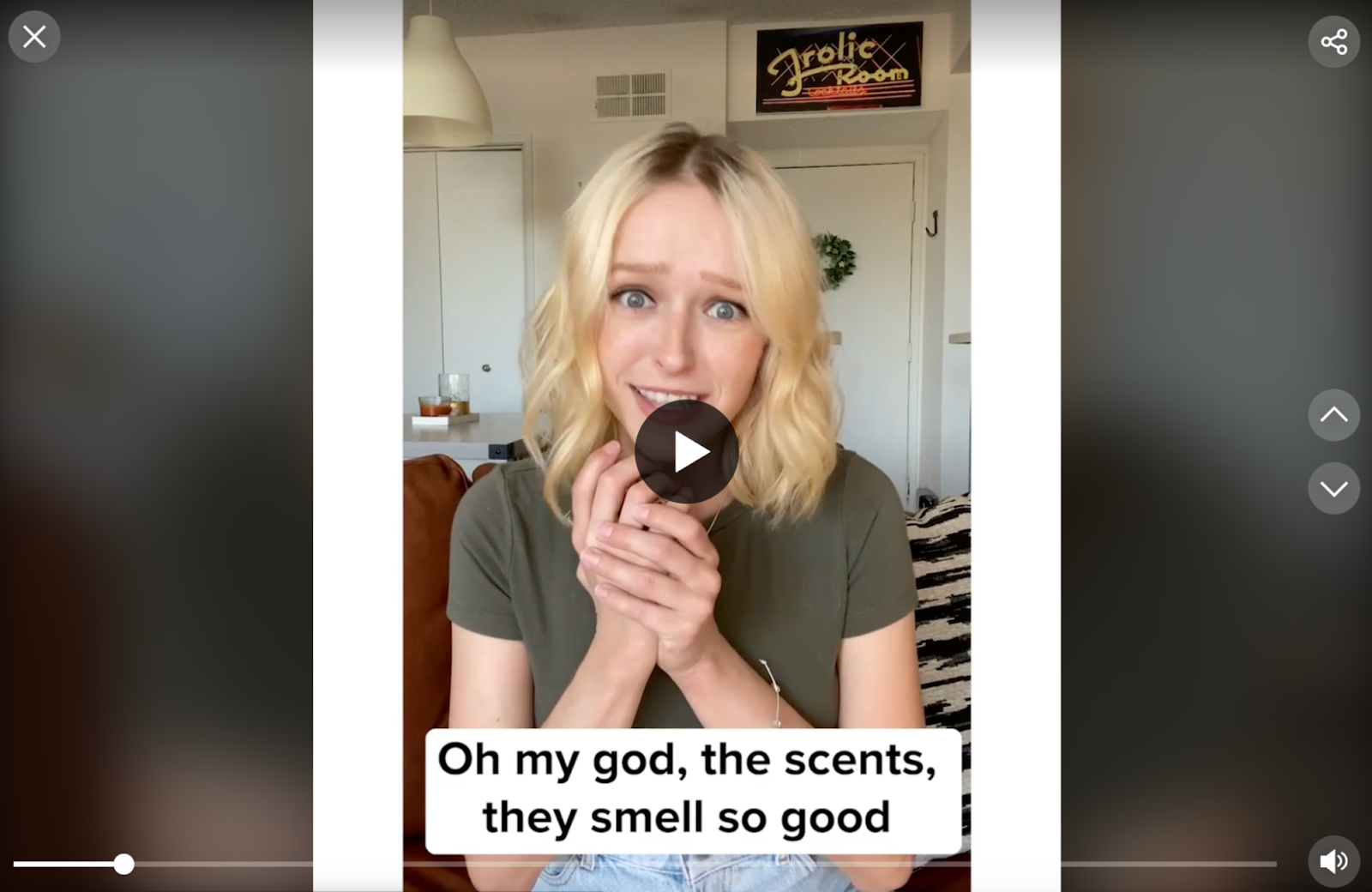
Focusing on this type of content can be very cost-effective. Because you don’t have to spend anything on producing it.
That said, you may want to lightly edit these videos to meet your needs. But you’ll spend less time, money, and effort than if you were creating highly produced videos from scratch.
But what if buyers don’t actively post their experiences with your products or services?
Figure out ways to encourage them to do so. Here are a few tips:
- Ask them: Just send customers a quick message asking them to record an honest review. You might want to include this mention in confirmation emails.
- Host a giveaway contest: Invite customers to be a part of your giveaway by sharing a video testimonial for your product or service. With a chance to win a prize in return.
- Work with creators: Cut your high-production video content budget and instead allocate it to creators who’ll share their genuine opinion in exchange for a fee. Here’s an example:
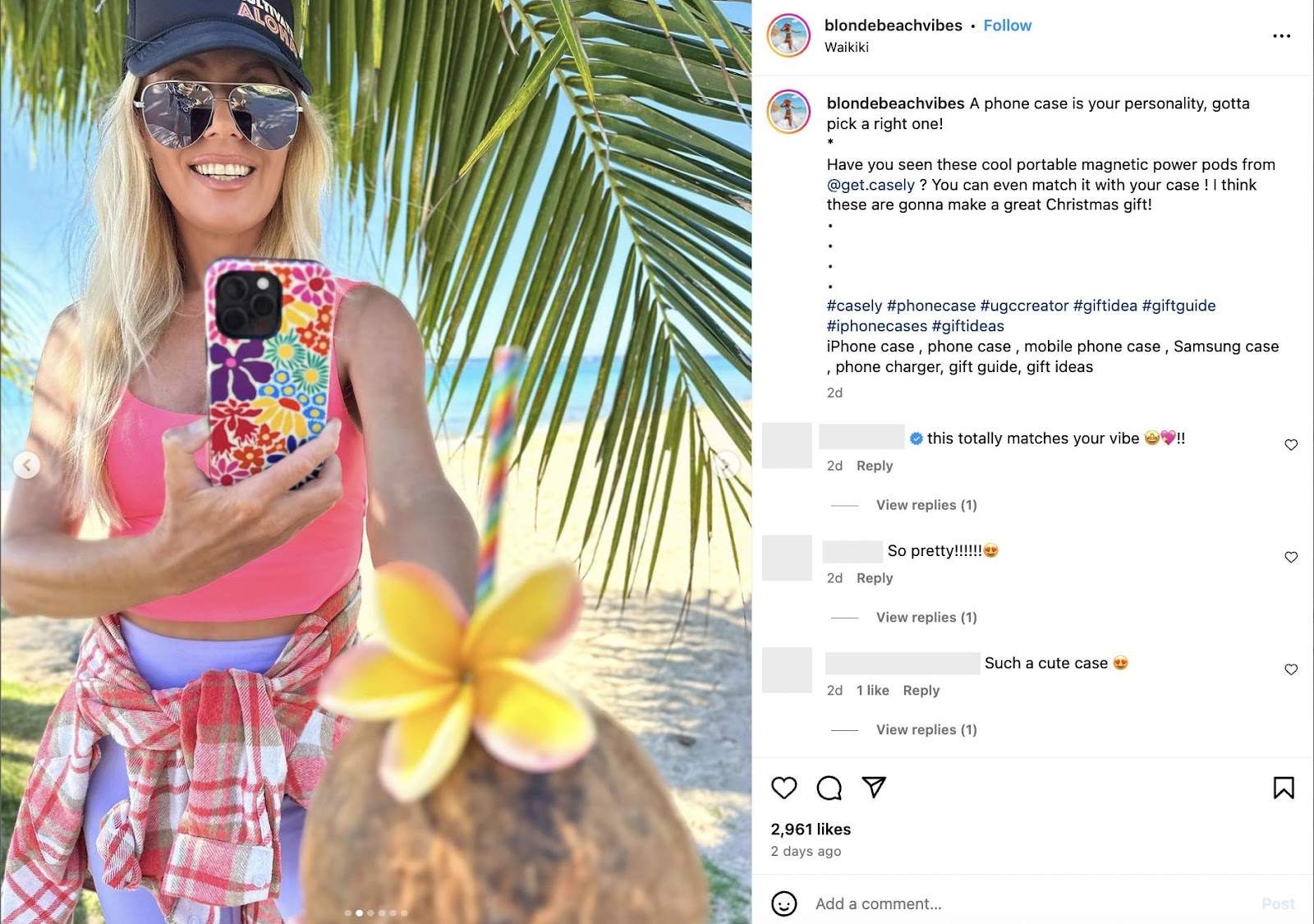
6. Shorter Video Content Will Be Prioritized
Brands will increasingly focus on short video content like the kind used on TikTok and in Instagram Reels. Because those videos do a great job of capturing and holding people’s attention.
Wistia’s 2023 State of Video report reveals that the length of videos is inversely proportional to their average engagement rate. Those under 60 seconds have a 50% average engagement rate while videos that are longer than 60 minutes have just a 16% average engagement rate.
This is probably because short videos are easy to digest and provide immediate answers to viewers’ questions.
The same report further reveals that videos under 60 seconds were the most popular type created in 2022. Meaning there’s a strong preference among marketers for short-form video content.
You can find inspiration for short-form video topics using Keyword Analytics for YouTube.
Open the tool and click “Get started” under “Keywords Research.”
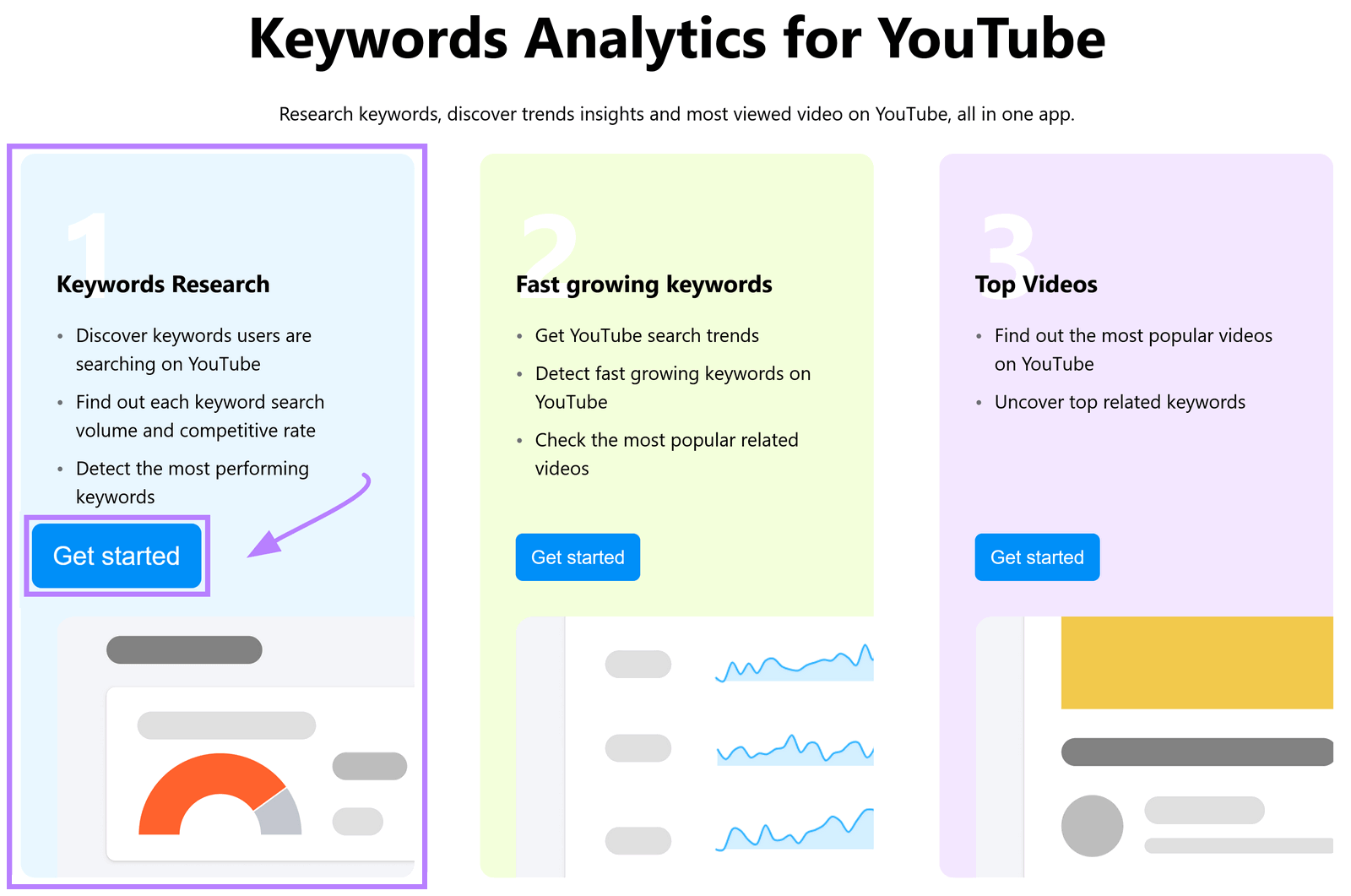
Then, enter a keyword related to your niche in the search bar and click “Search.”
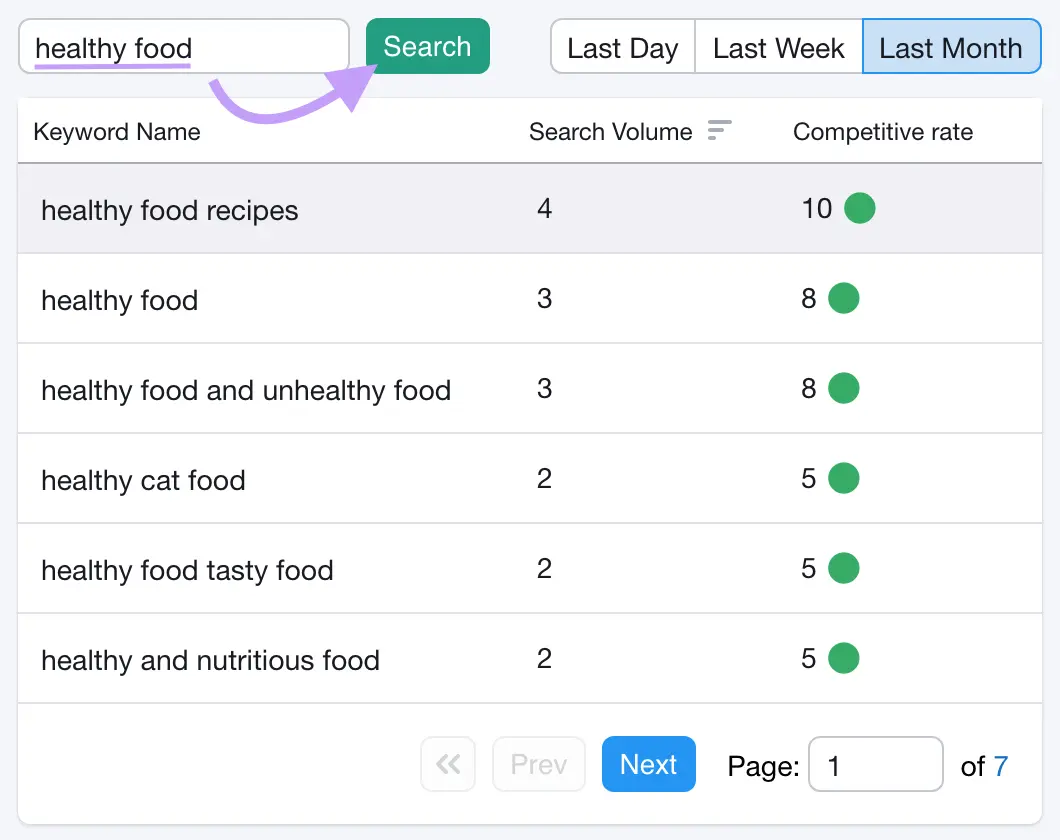
You’ll then get a list of related terms and relevant information about each, including the top videos. And you can click through those videos to see them on YouTube to learn how long they are, how many views they have, etc.
Rather than trying to be everywhere, brands are increasingly prioritizing social media platforms that are most likely to help them reach their goals.
This is happening because many companies have realized that not every platform helps them reach their target audience effectively.
Let’s say you use One2Target to study your target audience based on your top competitors and see that they primarily use YouTube, Facebook, and Instagram.
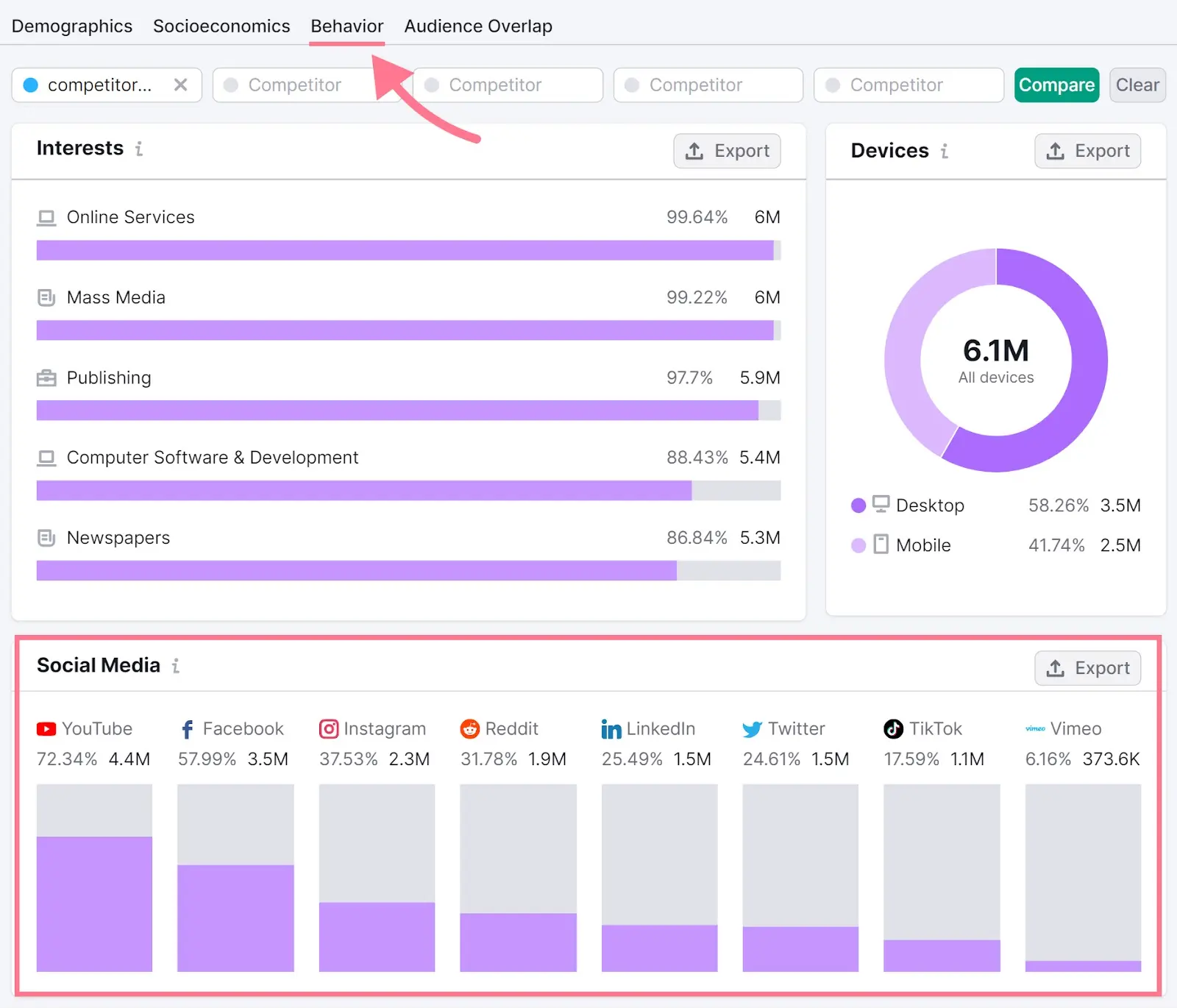
Based on this, you might choose to focus your efforts on just those three channels to increase the **** of reaching the right people. And reducing the **** of spreading yourself too thin.
Here are some other ways to better understand which social media platforms to build your presence on:
- Talk to your customers to understand which platforms influence their purchasing decisions
- Speak with industry leaders in your space
- Consider the resources you have for social media marketing
Always Stay Ahead of the Curve
Staying on top of the above marketing trends is essential if you want your business to remain relevant.
But it’s also a good idea to keep tabs specifically on your top competitors to understand how they’re adjusting their efforts. Which can alert you to emerging trends.
Semrush’s EyeOn tool lets you track your competitors’ activities like newly published blog posts, recent social media posts, and more.
Try it today.
Source link : Semrush.com
